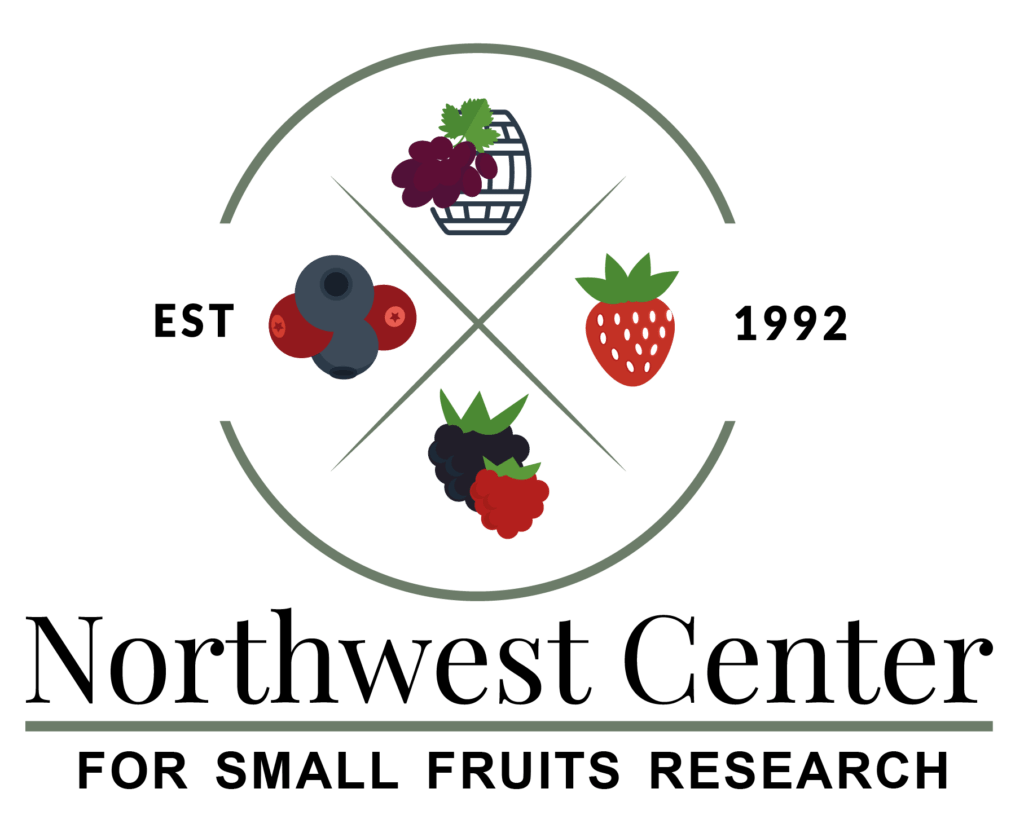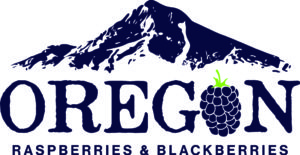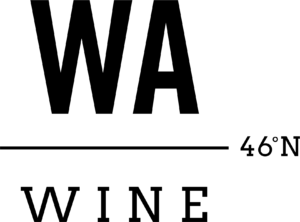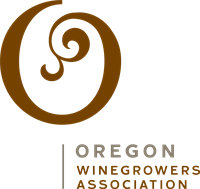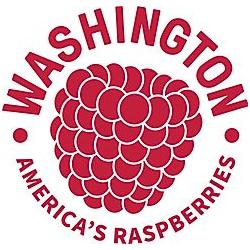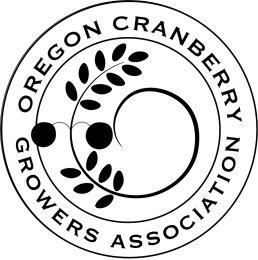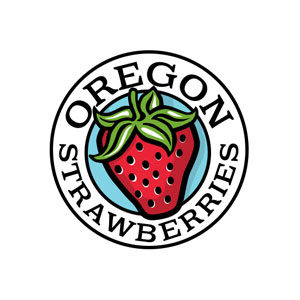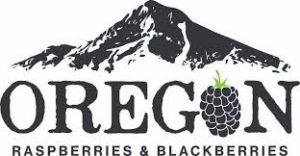Developing Pinot noir crop load metrics that are adaptable to Winery site and wine quality production goals II-grape and wine quality evaluation
- Research Status: Completed Project 10/01/2017-09/30/2020
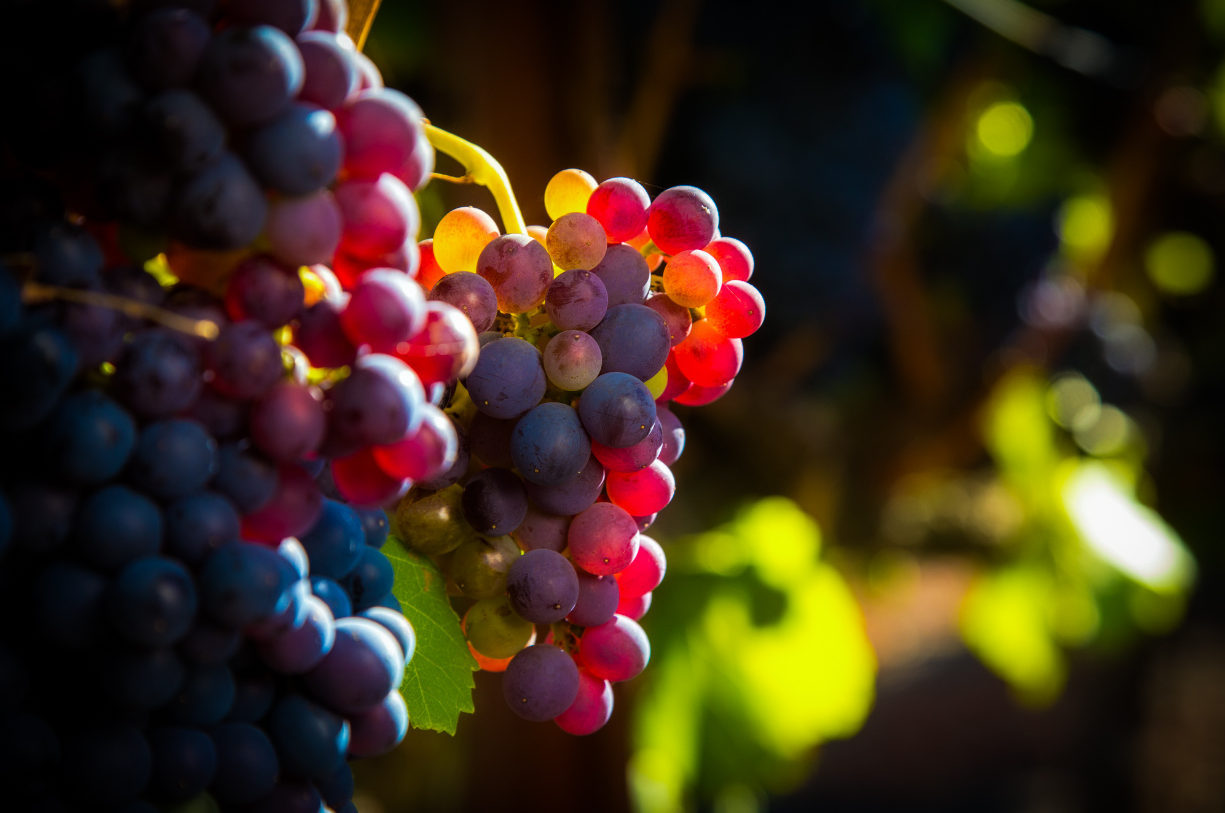

Michael Qian, Patty Skinkis



In the Pacific Northwest wine grapes are valued in the top ten most valuable agricultural commodity crops. In Oregon, this amounts to $238 million in 2019 with the leading variety in planted acreage and production being premium Pinot noir at 59% of all planted acreage and 58% of wine grape production. Additionally, in the same year the Oregon wine industry contributed an estimated $7.2 billion to the economy, a 27% growth over the previous three years. The growing of high-quality grapes is an important target for wine regions worldwide, and high-quality wine is a product of these grapes.
Lowering crop levels has been one vineyard management criterion long believed to achieve high-quality grapes for fine wine. Low yields are most often achieved by removing grape clusters from the vine as some studies have shown this process results in an increase in quality-important compounds like aroma esters (florals and red fruit aromas) and anthocyanins (red pigmentation), color intensity and grape maturity. However, other studies have indicated that these differences are not always the result of thinning vines and that full crops are capable of achieving these characteristics depending on the vineyard climate, varietal, vintage and rootstock. This study sought to determine the impact of cluster thinning levels on Pinot noir wine phenolic composition and wine volatile composition. Ultimately allowing development of Pinot noir crop load metrics that are adaptable to winery site and wine quality production goals for grape and wine quality evaluations.
The results of the analysis of four vintages in four wineries demonstrated the role of cluster thinning practices on the volatile compounds of Pinot noir wine. Certain wine volatile compounds were affected by the cluster thinning treatments, but no consistent trend was found.
The impact of cluster thinning on wine volatiles was highly varied over vintages and wineries. The results suggest that factors such as vineyard location, aspect and soil, and vintage weather conditions impact the composition of phenolics and volatile aroma compounds in Pinot noir as much as cluster thinning or not. This research demonstrated that some vineyards/wineries can modify viticultural practices to increase yield without sacrificing wine quality. The economic and environmental implications of this research for certain vineyards and wineries is substantial.
Effect of Timing of Cluster Thinning on Pinot noir Grapes and Wines:
Paul Mawdsley, Jean Dodson Peterson,* and Federico Casassa *Wine and Viticulture Department, Cal Poly San Luis Obispo, 1 Grand avenue, San Luis Obispo, CA 93407, San Luis Obispo, CA 93407 (jdodsonp@calpoly.edu)
Impact of Cluster Thinning on ‘Pinot noir’ Fruit Quality Across a Large Scale, Multi-site Study,August 2016.
Author: Patricia Skinkis. Conference: American Society for Horticultural ScienceAt: Atlanta, GA, USA
Vineyard Floor Management and Cluster Thinning Inconsistently Affect ‘Pinot noir’ Crop Load, Berry Composition, and Wine Quality in HortScience.
Authors: Alison L. Reeve 1 , Patricia A. Skinkis 2 , Amanda J. Vance 3 , Katherine R. McLaughlin 4 , Elizabeth Tomasino 5 , Jungmin Lee 6 , and Julie M. Tarara 7DOI: https://doi.org/10.21273/HORTSCI12682-17. Online Publication Date: Mar 2018
